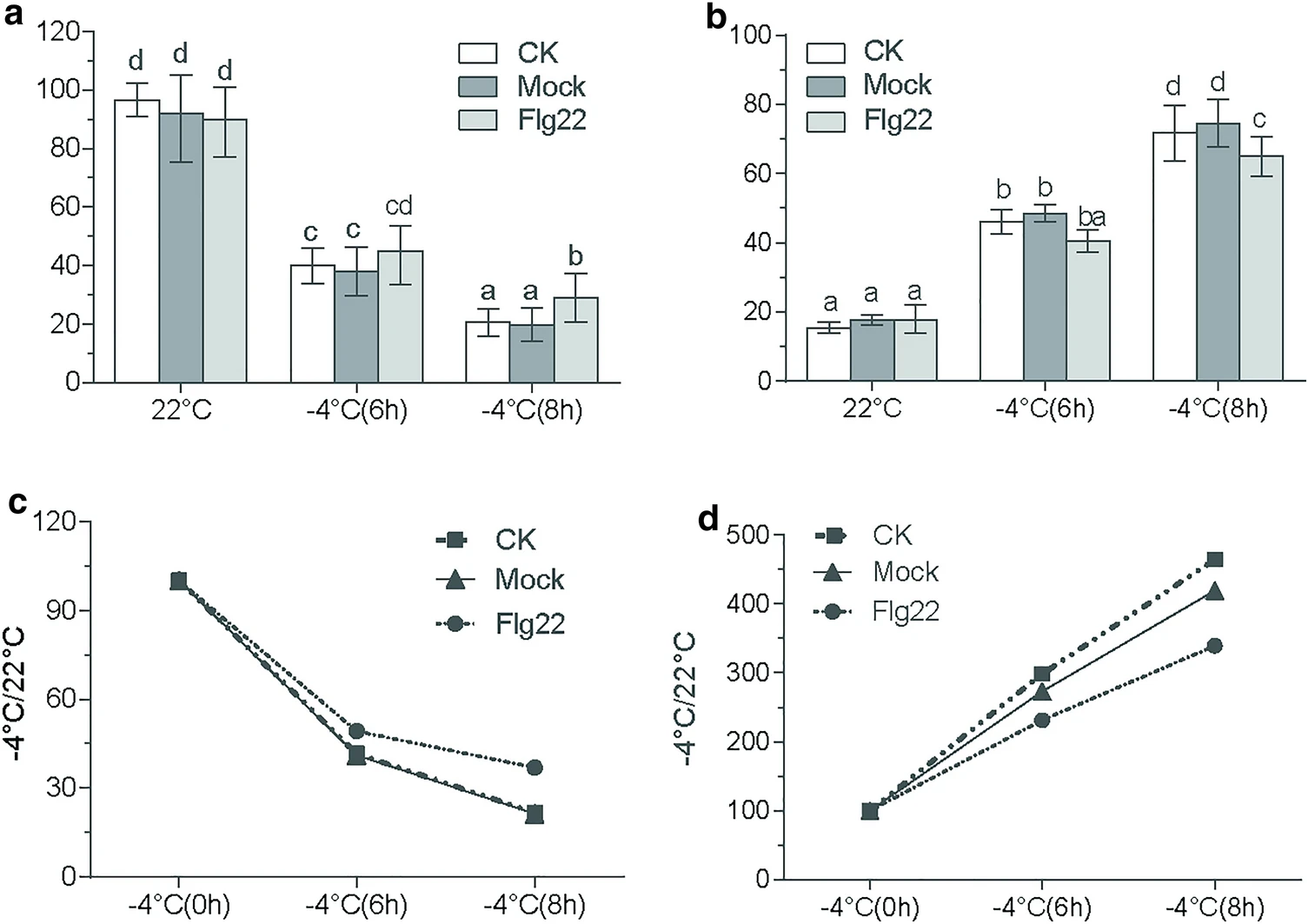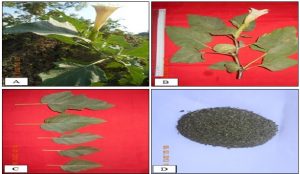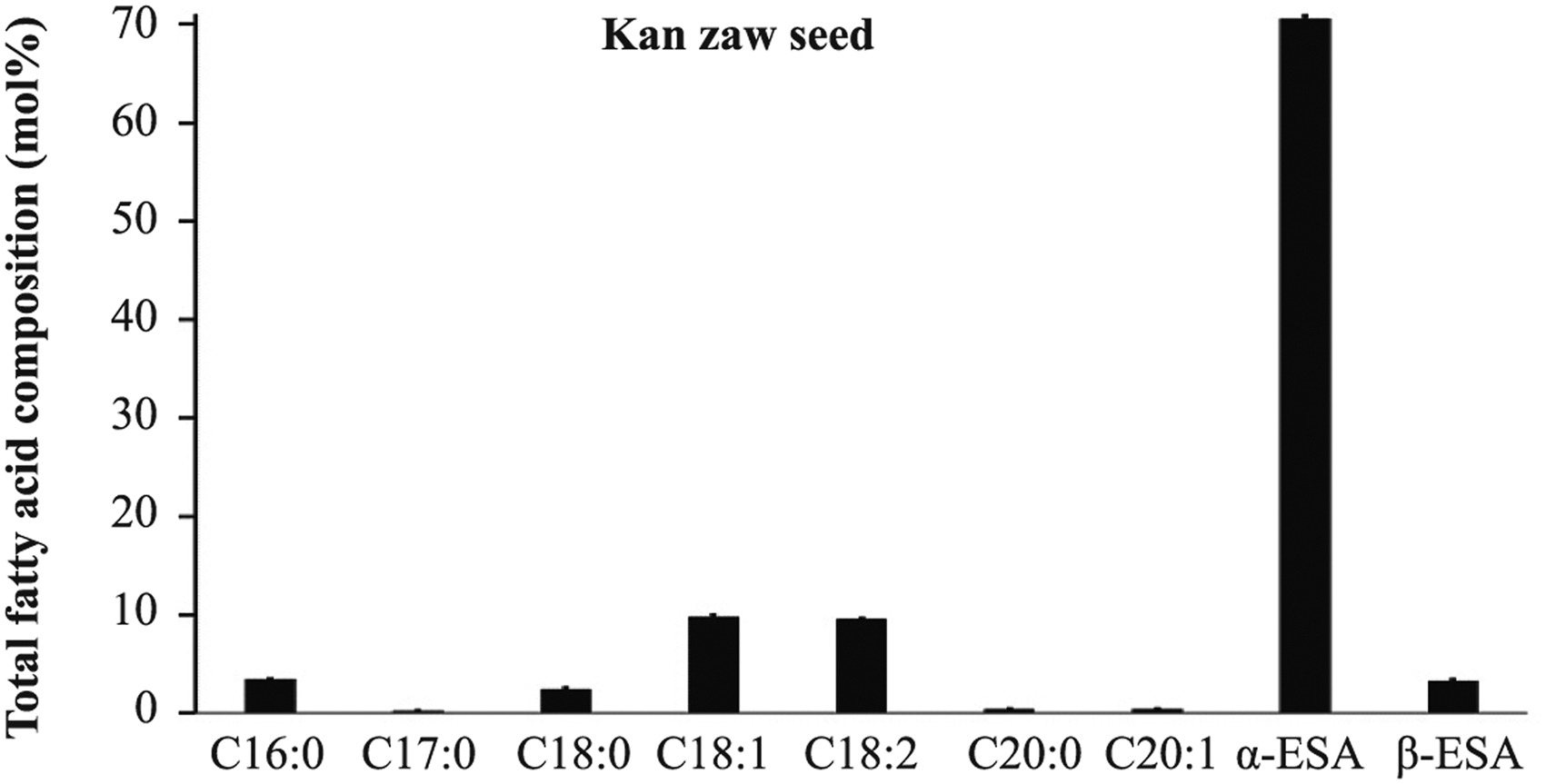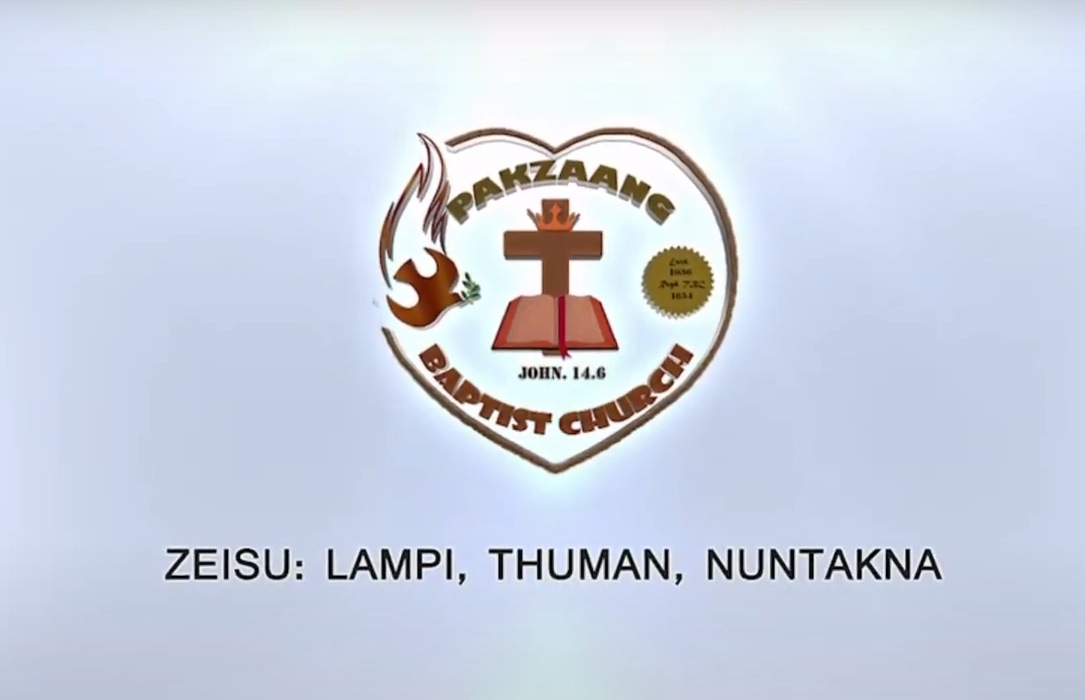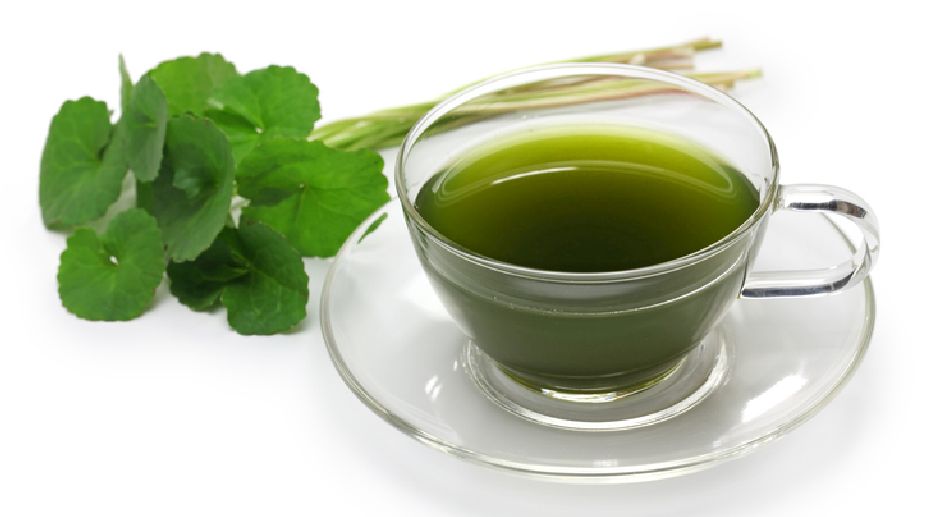Authors: Ye Jin, Za Khai Tuang, Yizhong Wang, Zhenjiang Wu, Wannian Yang; Abstract The application of flagellin 22 (flg22), the most widely studied PAMP, enhance crop cold tolerance. ICE1-CBF pathway and SA signaling is involved in the alleviation of cold injury by flg22 treatment. Pathogen infection cross-activates cold response and increase cold tolerance of host plants. However, it is not possible to use the infection to increase cold tolerance of field plants. Here flagellin 22 (flg22), the most widely studied PAMP (pathogen-associated molecular patterns), was used to mimic the pathogen infection to cross-activate cold response. Flg22 treatment alleviated the injury caused by freezing in Arabidopsis, oilseed and tobacco. In Arabidopsis, flg22 activated the expression of immunity and cold-related genes. Moreover, the flg22 induced alleviation of cold injury was lost in NahG transgenic line (SA-deficient), sid2-2 and npr1-1 mutant plants, and flg22-induced expression of cold tolerance-related genes, which indicating that salicylic acid signaling pathway is required for the alleviation of cold injury by flg22 treatment. In short flg22 application can be used to enhance cold tolerance in field via a salicylic acid-depended pathway. Keywords: Cross-talk; Flagellin 22; Freezing tolerance; Salicylic acid. Read the full article here.
Estimation of phytochemical constituents in three plants widely used for traditional treatment of ashtma in Myanmar
Author: Za Khai Tuang; The crude drug powder extracts from three plants Datura metel L., (Solanaceae), Leucas cephalotes (Roth.). Spreng, Piper betel L., (Piperaceae) were screened for estimating phytochemical constituents. Phytochemical analysis of the extracts revealed that glycoside; tannin, saponin, carbohydrate and phenolic compounds are present in Piper and Leucas species. Besides glycoside, tannin, saponin, carbohydrate and phenolic compound, alkaloid is also present in Datura species. The antimicrobial activity of the plant materials and their usefulness in the treatment of asthma may be due to the presence of active constituents like tannins, alkaloids and phenolic. The present study reported that the phytochemical constituents of three plants being widely used for traditional treatment of asthma in Myanmar, collected from Kalay, Sagaing District.
Nutritional evaluation, fatty acid analysis and anticancer properties investigation of seeds from kan-zaw, a potential diet oil and medicinal plant
Authors: Moe Moe Lwin, Ye Jin, Xianpeng Yang, Hao Shen, Chao Qi, Yizhong Wang, Phyo Phyo Zin Oo, Za Khai Tuang, Shiyou Lü, Wannian Yang Payenapara lleloneura Kurz. (Kan-zaw), an endemic medicinal plant only found in Tanintharyi Region of Myanmar, is widely used in the treatment of various cancer and different ailments. In the present research, the seeds were phytochemical investigated for their nutritional potential for their use as functional foods or novel diet oil resources. Nutritional evaluation showed that the seeds are rich in fats and carbohydrates (soluble sugars and starch). Fatty acid analyses showed that the seeds accumulate very rich α-eleostearic acid (α-ESA, 18:3Δ9cis,11trans,13trans), an important conjugated fatty acid, up to more than 70 % of total fatty acids. The seed oil derived from the Kan-zaw tree contains approximately 3.25 % β-eleostearic acid (18:3Δ9trans,11trans,13trans), an unusual conjugated fatty acid that imparts a potent anticancer application and industrially important drying qualities to Kan-zaw oil. Physicochemical properties of the Kan-zaw seeds were examined; petroleum ether (60–90 °C) extract of seed oils were also investigated for the saponification value, iodine value and estimation of acid value. Further, the present study investigated cytotoxic potential of ethanol, methanol, acetone, chloroform Kan-zaw seed extracts and commercial Kan-zaw oil against human cervical cancer cell line (HeLa). The Kan-zaw extracts and oil have shown significant anticancer activity on HeLa cells.
Tuang Za Khai, Ph.D., Zola tawh Muakna
Tuang Za Khai, Ph.D., zo in a ciah lai-in a pianna khua Pakzaang panin, khua zaang bup kikaaikhawmin thupi tak leh zahtak huai takin khua nawl ah dawn uh aa, Zola tawh muak uh hi.
Pawlpi Mintawh Dr. Khai Vaidawnna (Pakzaang Baptist Church)
Tuang Za Khai, Ph.D. zo in a ciah ciangin, a pianna khua Pakzaang panin a pawlpi Tuiphum Pawlpi (Baptist Church) te in thupi takin vaidawnna nei uh hi.
Khuak Pilna Ding: Sakol Khekhap
Hih ‘Khuak Pilna Ding: Sakol Khekhap’ cih thului pen ‘Cidamna Ding Sungkung Manpha Pawlkhat’ cih laibu sung pan a kila ahi hi. Tua laibu sungah a kigelh singkung manphatna thute pen, scientific findings a kici mipilte in kancianna (research) abawlna tung tawnin a kimu khia thute siksanin a kigelh ahi hi. Sakol Khekhap bek ahilo, Thawhbat, Zawngtah, Tawsaw, a kipan singkung dangdangte manphatna zong himun ah kigelh hi. ANUNG THU Kiim le paam phattuamna ding apiak theih sangin, cidamna ding apiak theihte huhau in a kithei zaw sikung lopa tampi sung panin Sakol khekhap zongh khatin kihel hi. Sakol khekhap pen Mikangte in ‘pennywort’ ci uh aa, ateh om zia pen sum-tang (penny) tawh kibangh in, amel pen zu-ning mel pian ahih manin sumtang + zu-ning cihnopna ‘pennywort’ aci uh ahi hi. Zomite in ‘Sakol khekhap’ ih ci aa, ih pu ih pate in, ateh siiknei-in a beem lilep pen, sakol khema tawh kibangh ahih manin, Sakol khekhap aci uh hikha dingin ka um hi. Sakol khekhap a kimuh cilna pen Asia khanglam hi, kici aa, ahi zongin amun amual a kician lianin ciamtehna omlo hi. Tua bangin a kician lianin ciaptehna-a omloh hangin, mi tampi takin China gam kiim hi dingin ki um hi. Banghang hiam cih leh, mikim phialin ‘lingsi’ ci aa ih theih, ‘Lingzhi’[1] pen tanglai-in China mi, Li Ching-Yun[2] a kicipa ii bawl hi aa, amah kum 256 cidamin, a zatui bawlte’ sungah Sakol khekhap mun tampi ah kihelin, tua pen zatui-in zat theih lian dingin Sakol khekhap a kibawl masa pente hi dingin ki um hi. Thamlo in, Sakol khekhap tawh kisai ama gelhna sungah ‘Nuntakna Zu’ng’ cihnopna ‘Source of Life’ ci-in genteh hi. Tua dung zui-in, China-ah tua hun lai-in ‘fo ti tieng’ ci-in minthang vangvanga-a khiatna pen ‘khangmoina tui’ cihnopna hi-in, Sakol khekhap pan kibawl zatui namkhat ahi hi. Tua bangin China pan kipanin Sakol khekhap a manphatna kithei toto in minthang toto aa leitung bup a zelhzo suak hi. Ahi zongin tuahun ma pek, tangtawng hun lai-in Sri Lanka ah King Aruna[3] a kici pa in Sakol khekhap cidamna dingin na zang ngei aa, Sakol khekhap pen‘pilna leh thahatna bukim’ ci-in tangko ngei hi. Ahi zongin, Li Ching-Yun zahin lawhcing lo ahih manin amah a kithei khollo suak hi. A kitheih kholloh hangin, tua hunlai-in, Sri Lanka kiim tengah minthang vangvang aa, Sakol khekhap ne lehang, cidamin kipil hi, ci-in um uh hi. Tua bangin, China te leh India te in tanglai-in Sakol Khekap cidamna dingin na nakzat mahmah uh aa, tuni dongin Indiate in Ayurvedic ngeina sungah a kihel tua Sakol khekhap pen mang zatui sangin amuangzaw tampi tak omlai hi. Hih a tunga mi masa nihte tungtawnin Sakol khekhap a manphatna leh a thupina kithei-in, tuni dong, mikim in Sakol khekhap pen ‘cidamna dingin hoih hi’ ci-in a kithei ciat ahi hi. AMANPHATNA Mikangte in paunak khat na nei uh aa, “ni khat Sakol khekhap tehnih in nakhan hong moi sak ding (two leaves of pennywort a day keeps your old age away).” Ci uh hi. Tua zah khatin, khansauna dingin Sakol khekhap in bangciang hong huh thei cih, mipilte’ lam pan khancianna bulphuh muh khiatna-a om lian nailoh hangin, mi tampi takin, Sakol khekhap manmanin ne lehang, khansau thei hi, ci-in um uh hi. Thamlo in, meima tuamtuam, vun natna tuamtuam, liamna tuamtuam, phaak natna, leh cisa natna dongah Sakol khekhap in damsak thei hi, ci-in tanglai ngeina[4] zui-in ki um hi. Sydney University panin mi 20 bulphuh in kancianna-abawlna uh ah, Sakol khekhap neekna huhau in 60% lungsim siang (khuak siang) in, 64% leuleu pen, liamna tuamtuam pan noptuamna kimu aa, 16% bangh pen liamna pan damsiang hi. India-ah Dr. M.V.R. Appa Rao[5] in a kancianna-ah, naupang mi 15, Sakol khekhap kigawivui 500 mg ta ni khatin khatvei manmanin pia aa, kha thum sung tua bangin ahih khit nungah tua naupangte ii thu ciamteh theihna, thu khat peuhpeuh lunglut zawhna, thu ngaihsutna manlangna pen ahuam pi-in, IQ[6] 4.6% bangh khang hi, ci-in mu khia hi. Tua-amuh khiat thu a sitcian uh ciangin, Sakol khekhap in ih khuak sunga neurotransmitter[7] te ii nasepna thahatsak aa, tua huhau in, khuakpilna kibehlap sak hi, ci-in kipsak uh hi. Thamlo in, Sakol khekhap in beta-amyloid[8] a kici dat ii nasepna khaktan ahih manin, mihai (mi pongmanlo) te zong dam sak thei hi. Thamlo in, Sakol khekhap leh khuak kizopna tawh kisai zusa zangin kancianna a kibawl tampi om khin aa, tuate in zong Sakol khekhap in lungnuam sakin, khuak zong siangtho sak leh na-vaak sak aa, ciamteh theihna tha hat sak hi, ci-in mu uh hi. A lunglut huai thu khat ah, lungsim na-vak na dingin na-anaaksep mahmah coffee hi aa, tua pen caffeine dat a sungah a om hang hi-in, hih dat leuleu pen Sakol khekhap sungah kimulo hi. Hi bangin cidamna ding leh khuak hat na dingin phattuamna tampi tak hong pia thei Sakol khekhap in kiim le pam a dingin bang danin phattuamna bawl thei hiam cih a theihnop huai thu khat hi leuleu hi. Sakol khekhap in nitrate[9]a kici dat namte pen a khanna ding leh ahoihna dingin a zat penpen khat ahi hi. Tua nitrate pen tui sungah tam lua leh Ngasate in sih lawh thei hi. Tua-ahih manin, Ngasa khawina bualtui ah Sakol khekhap ciing lehang Ngasa-a ding ahoih mahmah khat hipah hi. Thamlo in, Ngasa-atui hun tak ciangin zong Sakol khekhap zungkawm leh ateh kawmte ah tui nuam phadeuh hi. Sakol khekhap in tui sungah huih khah thei ahih manin, tui sungah a nungta Ngasa leh a dangdang ganhingte a dingin manpha mahmah leuleu hi. Sakol khekhap pen huih niin (CO2) a huup hat mahmah citciat ahih manin, tuisung ganhingte bek hilo, mihingte a dingin zong huih siangtho ngahna dingin tha apia mahmah khat suak pah hi. Ahi zongin, Sakol khekhap pen ki ciantakin ciiingin puah kei lehang, koilo tengah kizelhin zaam gawp kawikawi thei aa, nawngkaaina tampi tak piangsak thei leuleu hi. ZAT PAH THEIH DING PAWLKHAT 1. Ihmut nuam ding, khansau ding
